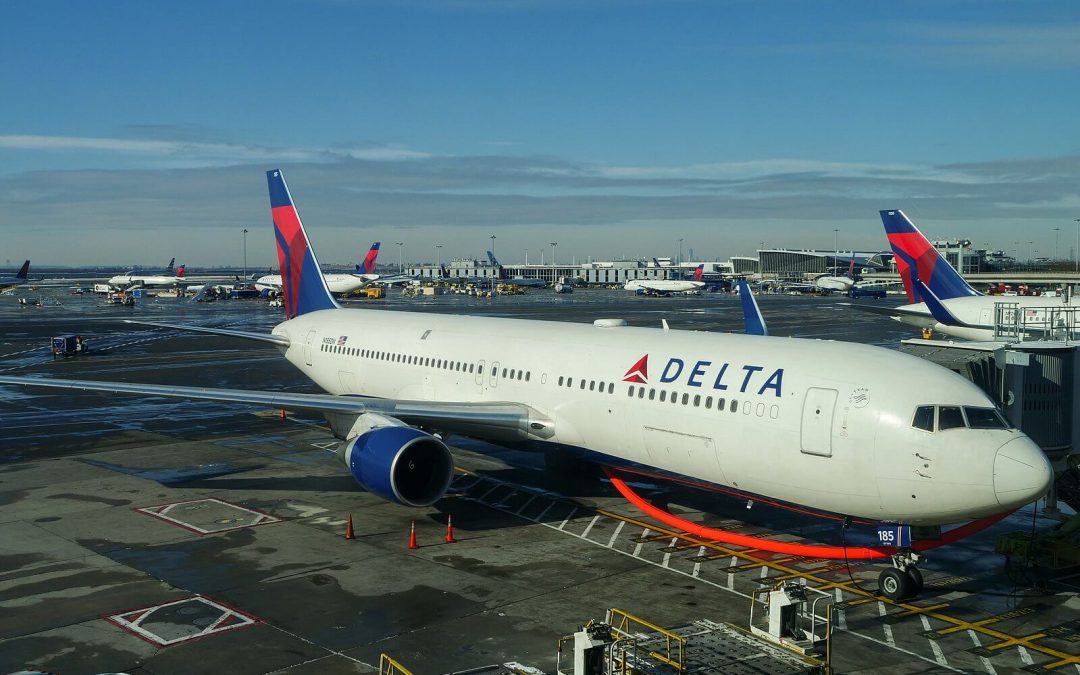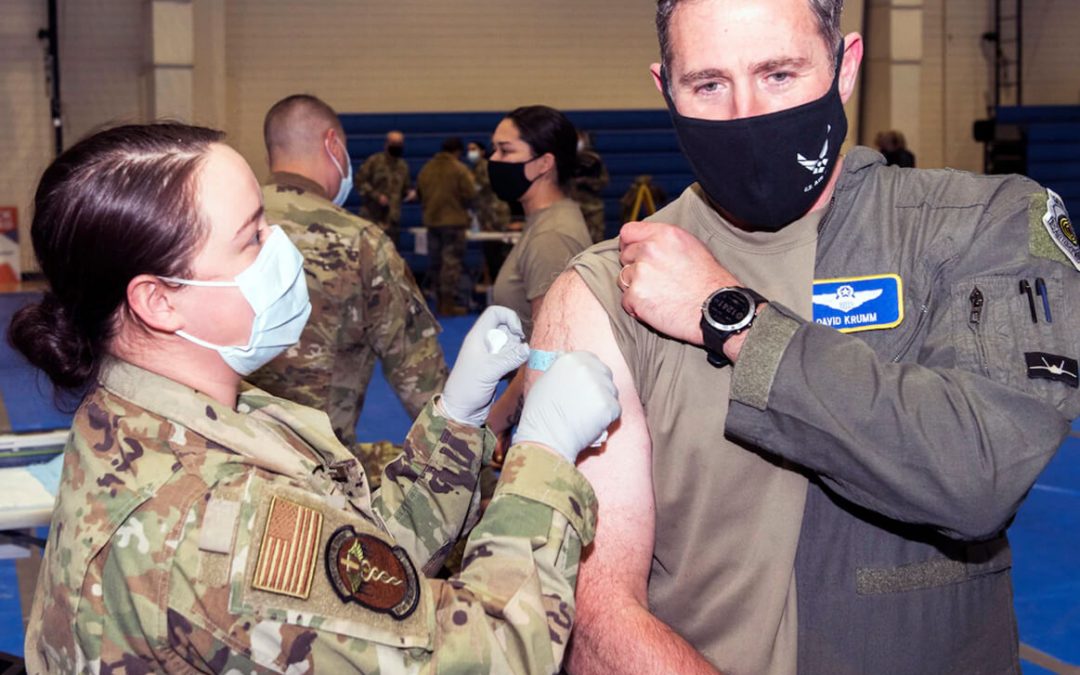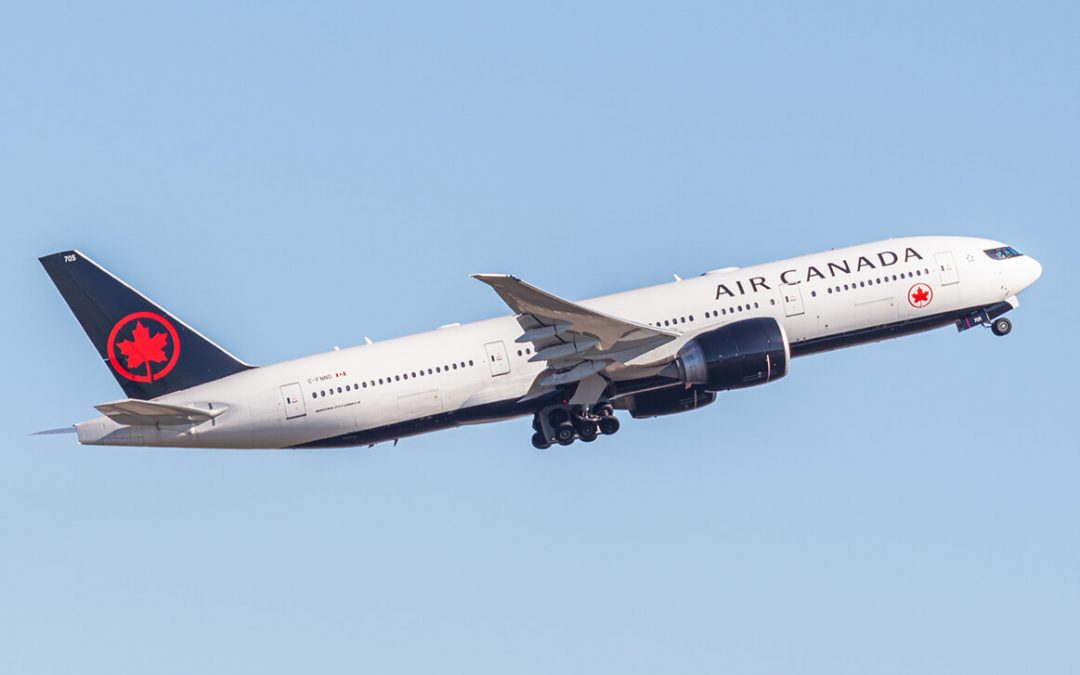
by Eric Price | Aug 25, 2021 | COVID, Front Page, Page Five, Page Four, Page Three, Page Two, Perusals, Row 2
Delta Air Lines Will Charge Unvaccinated Employees $200 a Month According to Delta CEO Ed Bastian, employees who refuse to get vaccinated will have to pay a $200 a month insurance surcharge to help offset the financial burden they create for the company. The policy,...

by Eric Price | Aug 25, 2021 | COVID, Front Page, Page Five, Page Four, Page Three, Page Two, Perusals, Row 2
United Airlines: Timeframe for Employee Vaccinations is Tight United Airlines issued a memo on Tuesday laying out the dates by which employees must receive their vaccinations against COVID-19. For those who have yet to get immunized, the timeframes are tight. ...

by Eric Price | Aug 24, 2021 | Front Page, Page Five, Page Four, Page Three, Page Two, Perusals, Row 2
With Full FDA Approval, All Military Servicemembers Will Be Vaccinated For COVID-19 On Monday, the FDA granted complete General Use Authorization for the Pfizer-BioNTech COVID-19 vaccine. The decision means that orders issued by Defense Secretary Lloyd Austin that all...

by Eric Price | Aug 22, 2021 | Front Page, Page Five, Page Four, Page Three, Page Two, Perusals, Row 2
Vaccine Requirements: Here’s How to Apply for an Exemption at United United has done a poor job in communicating its new vaccine requirements to employees. This has (predictably) led to widespread confusion and resentment at the airline. Among the aspects of the...

by Eric Price | Aug 20, 2021 | Front Page, Page Five, Page Four, Page Three, Page Two, Perusals, Row 2, Video
Brother Sean Rosario is a 14-year veteran of Continental/United, and as a Lead Ramp Services Agent, has served as a Safety Advocate at EWR for 10 years. 141 Report: Sean Rosario, Educator at United Lodge 914 Dave Lehive stopped by a Shop Steward training class at...

by Eric Price | Aug 19, 2021 | Airlines, COVID, Front Page, Page Five, Page Four, Page Three, Page Two, Perusals, Row 2
Canada Will Require All Airline Employees and Passengers to be Vaccinated All Canadian forms of mass travel will soon require proof of vaccination for both passengers and employees. The new rules will include commercial air travel, trains, busses, and all federal...







